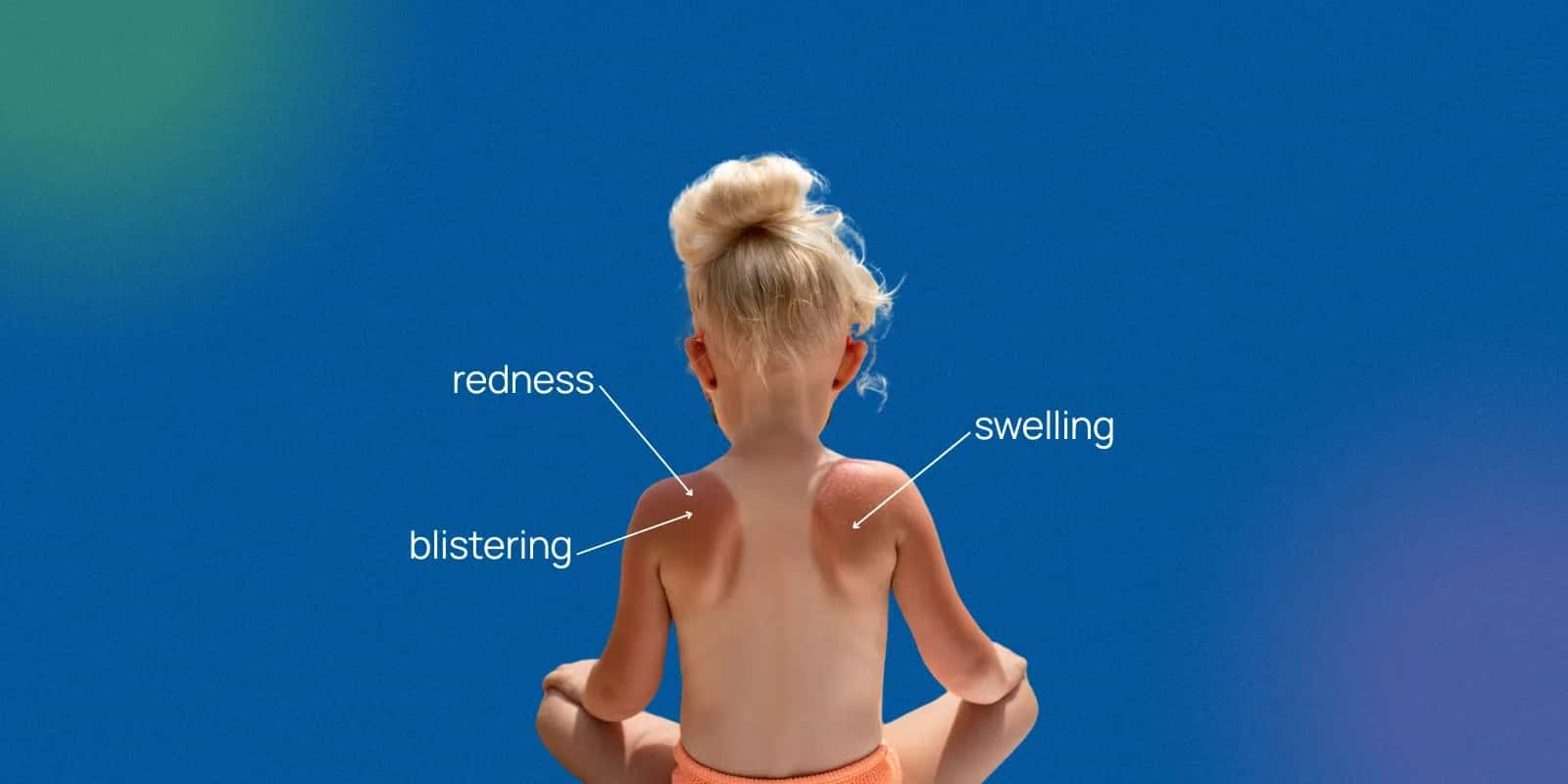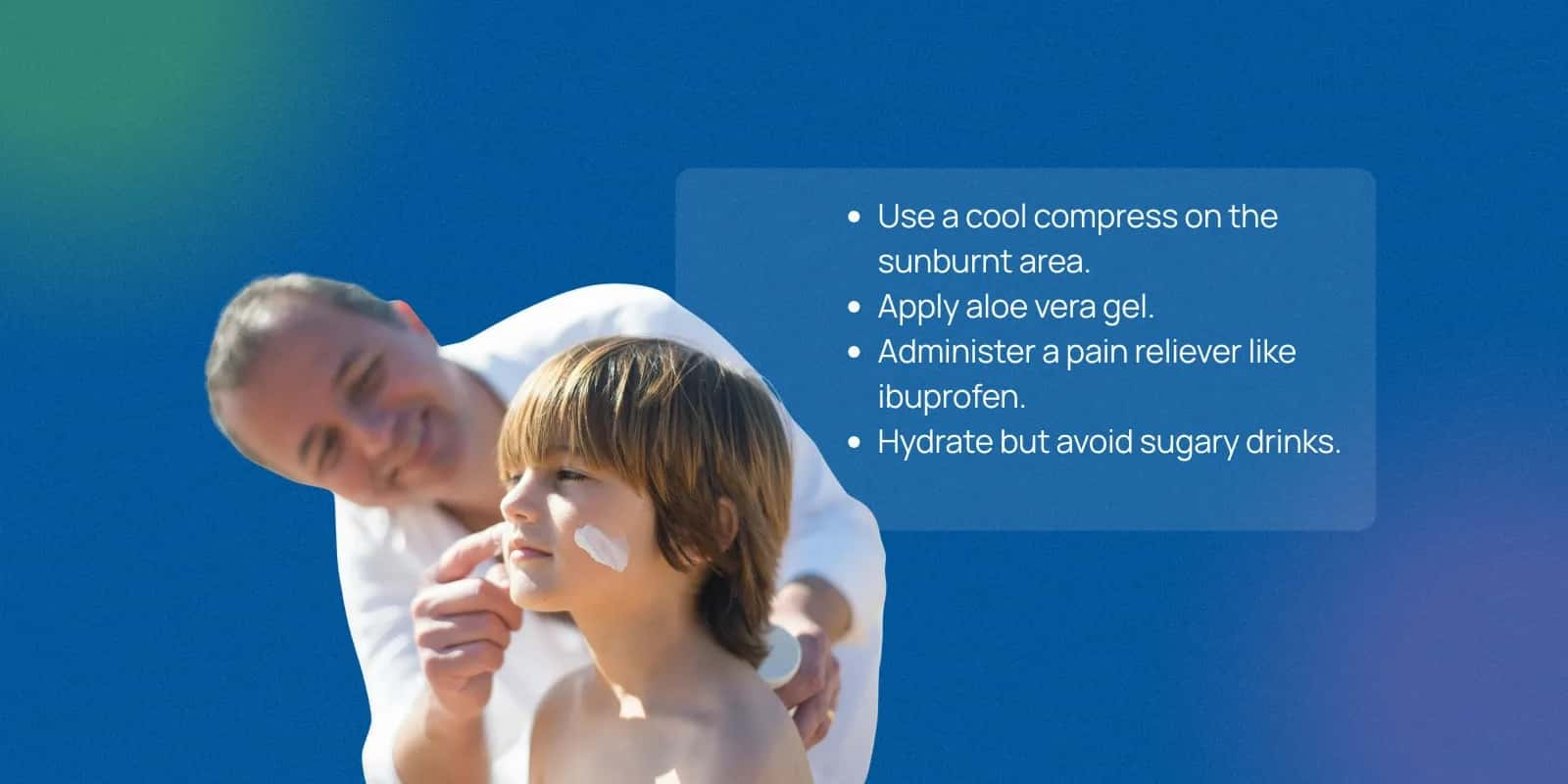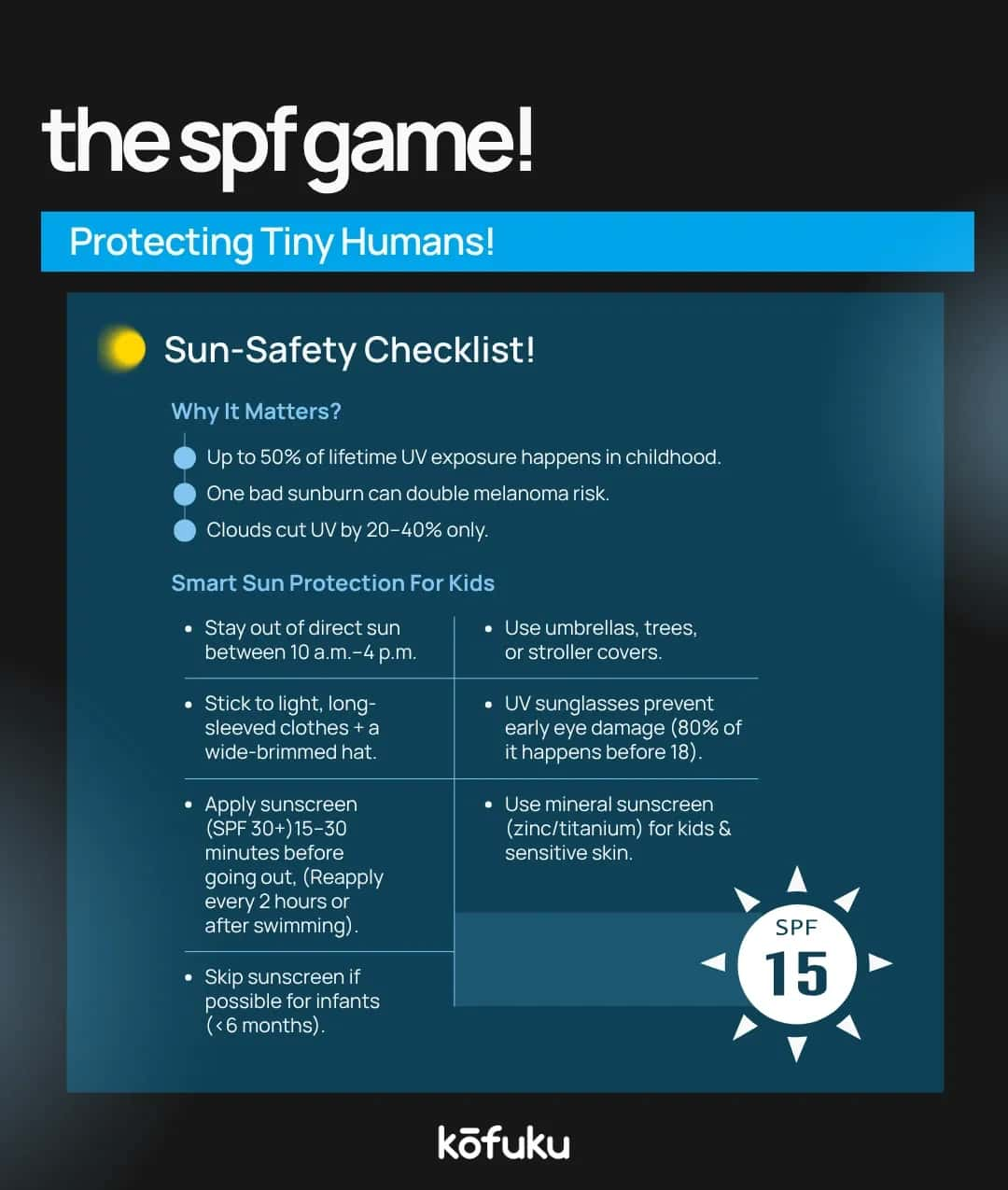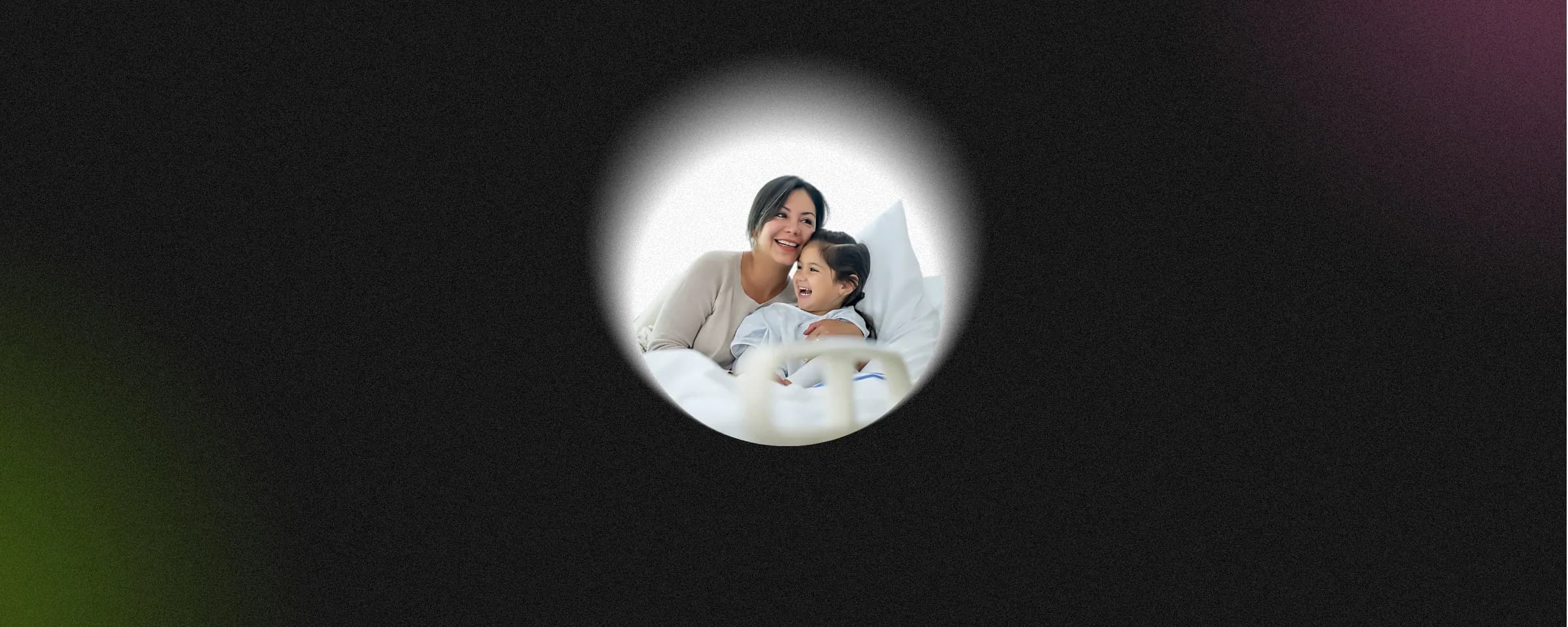How to Keep Your Child's Skin Protected from the Sun

Every summer, Indian parents have the same worry: how to protect their baby from the sun. Young skin is very sensitive to UV rays, be it a walk to preschool, a park visit, or a family day out. Babies and toddlers have even thinner, more sensitive skin and burn very easily with any sun exposure.
It is important to understand how to effectively protect infants from the sun and how to choose the best sunscreen for kids. It is not only a comfort issue but also a way to avoid long-term skin problems. It is also essential to practice healthy habits around sun exposure.
Why Infant Skin Needs Special Care from Sun Exposure
Adult and infant skin are built very differently. In infants, the skin is thinner, unpigmented, and provides less UV protection. That means the UV rays will penetrate the skin more deeply and cause long-term damage.
Skin damage is irreversible and results in early ageing and increases the possibility of skin cancer. With prolonged sun exposure, skin damage can occur with no visible burns.
For infants under six months old, sunlight exposure should be completely avoided. Such infants have lower levels of melanin, the pigment that protects the skin from UV damage. The best options remain to stay in the shade, wear protective clothing, and minimise outdoor time.
Choosing the Best Sunscreen for Kids: What Parents Should Know
Considering the various types of products, understanding which is the best sunscreen for babies is tricky. The primary rule is to use broad-spectrum sunscreen products that protect against both UVA and UVB rays with a minimum SPF of 30.
You can use mineral-based sunscreen products with zinc oxide or titanium dioxide, as they are safer. These compounds simply deflect UV rays and do not get absorbed in the skin. They are not chemically absorbed through the skin; hence, they are less likely to irritate or cause allergic reactions.
Do not use sunscreen with oxybenzone, parabens, or fragrances. These compounds can irritate the skin, especially in young children. For children with sensitive skin, hypoallergenic and dermatologically tested sunscreen products that are labelled as tested for eczema are among the best options.

How to Properly Apply Sunscreen on Babies and Toddlers
Efficient application of sunscreen for babies and toddlers guarantees the protection you need. One thumb rule to remember is that sunscreen should be applied at least 15-20 minutes before you step out. Ensure that you cover the ears, the back of the neck, the feet, and the hands, which are often overlooked spots.
Sunscreen should be reapplied every two hours, or more frequently when swimming or sweating. Water-resistant sunscreen for babies should be applied more evenly after towel drying. For babies under six months, sunscreen should be applied only to small, exposed areas, such as the face or the backs of the hands, if shade and clothing are inadequate.
Additional Ways to Protect Baby from Sun Besides Sunscreen
Infants still require other forms of protection from the sun. Physical barriers are the most reliable form of defence and are even more effective than sunscreen.
- For clothing, use lightweight, long-sleeved cotton garments in darker shades to cover more skin. For Hats, a wide-brimmed hat will shield the face, neck, and ears.
- Shade is also important. Stroller canopies, umbrellas, or breathable covers are effective in protecting babies from the sun.
- Refrain from going outside when ultraviolet rays are at their peak, which is anytime between 10 in the morning and four in the afternoon.
- If your child is comfortable wearing them, find UV-protective sunglasses and other eyewear to shield their sensitive eyes from the sun.
Using these techniques along with high-quality sunscreen for babies ensures the best protection from the sun.

Signs of Sunburn in Children and How to Respond
Unfortunately, sunburn can happen, especially in kids. You can prevent sunburn by choosing the best infant sun protection. Look for inflammation, heat, swelling, redness, fussiness, and agitation. A blister is a moisture-filled area in the skin that occurs during fever.
If it is sunburn, first take the child inside. Use a cool cloth or take a lukewarm bath.
This will help the skin cool. Aloe Vera plants help with burns. It helps cool and heal skin instantly. Increase the fluids for the child to decrease the risk.
Common Mistakes Parents Make in Infant Sun Protection
- Using adult sunscreen: Adult formulas often contain chemical filters unsuitable for sensitive baby skin. Always choose child-specific products.
- Skipping cloudy days: UV rays can penetrate clouds; children can still burn even on overcast days.
- Neglecting reapplication: Sunscreen loses effectiveness with time, water, and friction. Reapply diligently.
- Forgetting reflection zones: Sand, water, and cement reflect sunlight, intensifying UV exposure.
- Assuming shade equals safety: Shade reduces but doesn’t eliminate UV radiation; reflective surfaces can still cause burns.

FAQs
Q. What is the best sunscreen for kids with sensitive skin?
A. Look for a mineral-based sunscreen with zinc oxide or titanium dioxide. Choose fragrance-free, hypoallergenic, and dermatologically tested options that provide broad-spectrum protection with SPF 30 or higher for gentle yet effective coverage.
Q. How often should I apply sunscreen to my baby?
A. Reapply sunscreen every two hours or after swimming or sweating. For infants under six months, limit exposure, use physical barriers, and apply sunscreen only on small, uncovered areas when necessary.
Q. What ingredients should I look for in sunscreen for babies?
A. Opt for natural mineral ingredients like zinc oxide and titanium dioxide. Avoid oxybenzone, parabens, and added fragrances to prevent irritation and ensure safe, broad-spectrum protection for delicate baby skin.
Q. Can I use adult sunscreen on my toddler?
A. No, avoid using adult sunscreen on toddlers. Adult formulas may contain harsh chemicals unsuitable for young skin. Instead, choose baby or child-specific products designed for sensitive and allergy-prone skin.
Q. Besides sunscreen, how can I protect my baby from the sun?
A. Dress your baby in lightweight, long-sleeved clothing and a wide-brimmed hat, use a stroller canopy for shade, and avoid sun exposure between 10 a.m. and 4 p.m. for safer outdoor play.
Q. What are the signs of sunburn in infants and toddlers?
A. Look for redness, warmth, swelling, fussiness, or blisters. Move your child out of the sun, apply a cool compress, hydrate them, and consult a doctor if severe symptoms appear.

Children’s Health Tips for Daycare Safety & Wellness

Brighter Spaces: How Colours Can Make Hospitals Less Daunting For Children

Risks of Overexposure to Sunlight – Protect Your Skin

10 Skin Diseases You Should Know About

11 Best Retinol Creams for Wrinkles, Acne, and Clearer Skin: Updated Guide


